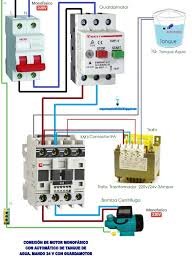
Description
1. Electric Vehicles (EVs)
a. Introduction to EVs
b. EV Types and Technology
c. EV Components in detail
d. Modern EVs
e. EV battery types, specifications, and charging characteristics
2. Electric Vehicle Supply Equipment /EVSE (“Charging Stations”)
a. What is EVSE & types
b. AC EVSE – level 1, 2, and High Power
c. DC Charging – High Power and Overhead
d. Wireless charging
e. EVSE Communications and Networks
f. Electric Vehicle Supply Equipment/EVSE (“Charging Station”) Manufacturers
g. Electrical Energy Storage Device Manufacturers
h. Comprehensive Residential, Commercial, and Industrial Charging Infrastructure
3. Charging station fundamentals including brand/model-specific installation instructions for:
Level 1: 120 VAC 15 amps
Level 2: 120-240 VAC 60 amps
Level 3: 480 VAC 125 amps or 600 VDC 550 amps
4.
Utility interconnect policies and requirements as per (Water &
Electricity Regulatory Authority, Ministry of Municipal & Rural
Affairs, and Saudi Standards)
5. Utility grid stress precautions including demand response integration technologies
6. Role of electrical storage devices as charging intermediaries
7. Installing, commissioning, and maintaining electric storage devices
8. Integration of electric vehicle infrastructure with distributed generation
9. Understanding Internet Protocol (IP) networking of charging stations
10. National Electrical Code (NEC) standards and requirements
11. Integration of ELECTRICAL VEHICLE CHARGING SYSTEM (EVCS) to SEC LV and MV Distribution Network
a. Inspection and Commissioning Checklist for Bidirectional EVCS
b. Inspection and Commissioning Checklist for Unidirectional EVCS
12. Guidelines for Consumers to Connect EV Charging Systems to SEC Distribution Networks
a. Additional Technical Requirements for the Connection of Bidirectional EVCS to the LV and MV Distribution Networks of SEC
b. Technical Specifications for the Connection of Unidirectional EVCS to the LV and MV Distribution Networks of SEC
11. Next-Generation Charging
12. EVSE Troubleshooting, Repair, and Commissioning
Comments (0)
Categories
Recent posts


Data switches
9 Jun 2024
ادارة المشاريع ...
29 Sep 2024
HVAC system
28 Sep 2024



